Just as winter activity holidays don’t have to be about downhill skiing, European destinations don’t have to be confined to the Alps. I have just returned from another splendid week of snowshoeing in my particular winter wonderland, the Dolomites, where I enjoyed the snow, but without the queues and unsightly lifts that now disfigure many of the busy, commercialised European resorts. Easily reached, but off the beaten tourist trail, the Dolomites are, in many ways, the ideal location for a winter activity holiday.
Like most other visitors, I was immediately captivated by their vibrant colours and spectacular shapes when I first experienced these dramatic peaks. Often described as the most beautiful mountains in the world, with their unique light, magical massifs and picturesque Alpine villages, they are seen at their best in winter. In 2009, the Dolomites were, deservedly awarded UNESCO world heritage status.
Tucked away in the northern corner of Italy, bordered by Austria, the Dolomites lie in an area, known as the South Tyrol that benefits from a unique combination of Germanic/Latin culture, history and cuisine. In the first half of the 20th century, the area, originally part of the Austro-Hungarian Empire, first became part of Italy, then was annexed by the Nazis, before it was finally returned to Italy after World War Two. Today, the South Tyrol also known by its Italian name Alto Adige, is an autonomous region of northern Italy, where both German and Italian are spoken.
But the natural and unaffected character of the area is another, equally persuasive, magnet that draws me back to these mountains every winter. Although the region boasts over 1,000km of piste, the Dolomites are not the exclusive preserve of downhillers. The people are welcoming and genuine and the hamlets of South Tyrol, with their characteristic Alpine chalets and traditional farm buildings, are a are a world away from the over-priced resorts in Europe’s better-known winter sports regions. Local prices can often be up to 50 percent lower than in comparable resorts in France, Switzerland and Austria.
The traditional villages of Arabba, Badia and Corvara in the Alta Badia region lie in a spectacular mountain setting in the upper valley of the Gran Egra river and provide a perfect base for snowshoeing, cross-country skiing and winter walking: three excellent cardio-vascular activities that let you explore this winter wonderland, but with a negligible impact on the environment.
Corvara and Badia, in particular, offer limitless opportunities for snowshoers and within minutes of leaving the villages, you will be tracking along rivers, through woodland and across winter pastures. Higher up, waymarked trails give access to remote, snowbound landscapes normally only reached by mountaineers.
Make sure you visit the tiny Santa Croce church, 2045m asl, high above Badia. Next door, the original Santa Croce Hospice, built over 500 years ago to accommodate pilgrims visiting the church, is now a mountain refugio. Take a well-earned lunch break, enjoy the wholesome food and wonder at the fabulous mountain vistas.
Indeed, throughout the Dolomites you will find charming refugios, ranging from wooden huts to historic, stone buildings, that are renowned for their warm hospitality, vibrant atmosphere and hearty, inexpensive food. Hot chocolate is always a winter favourite and, like everywhere else in Italy, however remote, you can always be assured of an excellent expresso.
Dominated by the majestic Marmolada at 3343m above sea level, the region is also ideal for winter walking, mountaineering, cross-country and downhill skiing.
Corvara alone has 17kms of woodland and riverside routes below the magnificent Sella Massif (3152m above sea level). that will soon take you far away from the pistes into a remote winter panorama with only its equally magnificent fauna for company: pristine white landscapes cleverly camouflage the arctic hares and silver foxes, but it is not unusual to spot golden eagles and chamois.
Corvara, is the main centre of the Alta Badia and, although as quintessentially Alpine as the smaller villages, it boasts a climbing wall, golf course, swimming pool and other seasonal sports facilities, as well as several sports shops, like Sport Kostner, that provide winter sports equipment, including snowshoes, for hire. Indeed, throughout the South Tyrol there is no lack of modern infrastructure, with a range of shops, banks, bars, cafes, hotels and other amenities.
The many medieval castles dotted across the region are a legacy of the area’s turbulent history. Inside you will often find precious frescoes decorating the walls . Along with the small historic churches found in every small village, the castles provide a valuable insight into the how the South Tyrol developed through the ages.
Bolzano is the capital of the region and, its porticoed streets, thriving markets and vibrant piazzas make it well worth a visit. However its main attraction is housed in the town’s Museum of Archaeology. Here you will find the remarkably well-preserved body of a 5,300 year old Neolothic hunter, discovered in the nearby Otzaler Alps.
How to get there
The Dolomites are within easy travelling distance of international airports in Venice, Innsbruck and Munich. Several holiday operators, such as Collett’s (see below) offer transfers to and from these airports. Car hire is widely available and most resorts can be reached in between three to four hours.
I always travel from the UK to the Dolomites by rail. Indeed, one of the key highlights of a holiday in the Dolomites, for me, is the journey itself: boarding the overnight train in Paris, travelling through the Alps, then lifting the blinds up next morning to the delightful medieval roofscapes of Verona and Padua, before alighting in Venice. And a more prosaic advantage is that you can take as much footwear, bulky outer gear and extra layers as you can carry.
If you are attracted to the idea of travelling across Europe by train, take a look at Mark Smith’s indispensable Seat61 (it’s worth a look even if you don’t travel by train) for inexhaustible details of routes, fares, booking instructions, connections, maps and even advice on the best way to travel between different termini in Paris.
Venice is the most obvious gateway to the Dolomites; so whether you fly, drive, or take the train, it’s always an additional highlight to spend a few days at either end of your holiday exploring this beautiful city. Venice is often better to visit in the winter, when the crowds are thinner and temperatures are more comfortable. If you time it well, you might be lucky enough to catch the famous carnival at the end of February. The website for Venice airport contains a wealth of details about Venice and surrounding area, including how to reach the mountains by public transport.
Where to stay
Collett’s Mountain Holidays offers a range of accommodation in hotels, hosted chalets and self-catering properties in Arraba, Badia and Corvara. Collett’s are renowned for their love and knowledge of the Dolomites and their flexibility, offering snowshoeing, winter walking and cross-country skiing. Their holidays are a particularly good choice for anyone holidaying on their own as they attract an eclectic mix of ages, families, groups, couples and individuals, offer an “office hour” each evening where guests can meet up for a sociable drink and chat and serve meals in a communal atmosphere.
For independent travellers, the Hotel Melodia in Badia offers warm hospitality, wonderful Mediterranean and Tyrolean food and helpful, multi-lingual staff. Run by the Irsara family and recently extensively renovated, it occupies a stunning position, has stylish en suite rooms, a whirlpool and provides guests with extensive local knowledge.
Find out more about the Dolomites:
or contact:
Italian Office +39 0471 840005
UK Office +44 844 854 1882
North American Office +1 866 247 4860


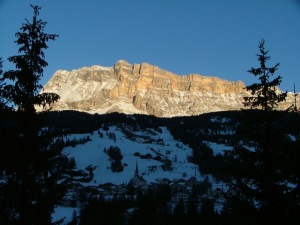
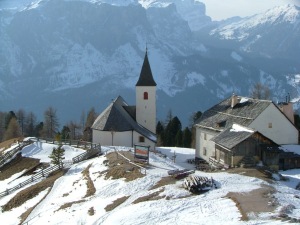
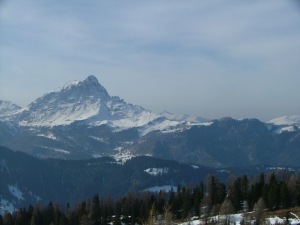

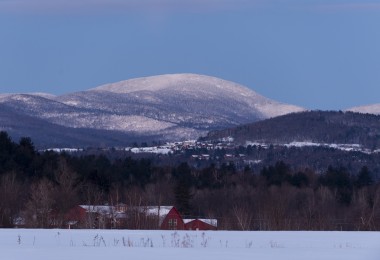
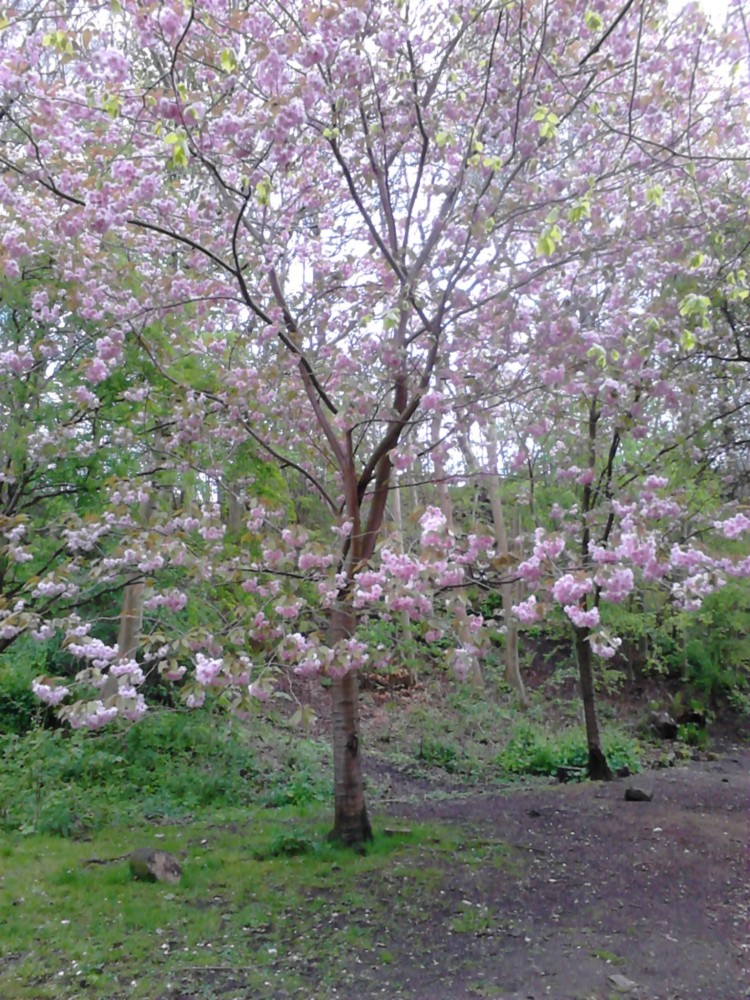
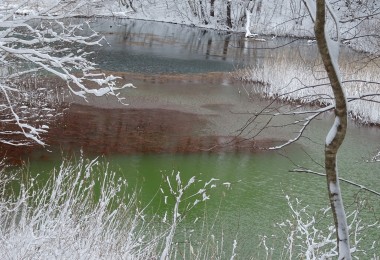
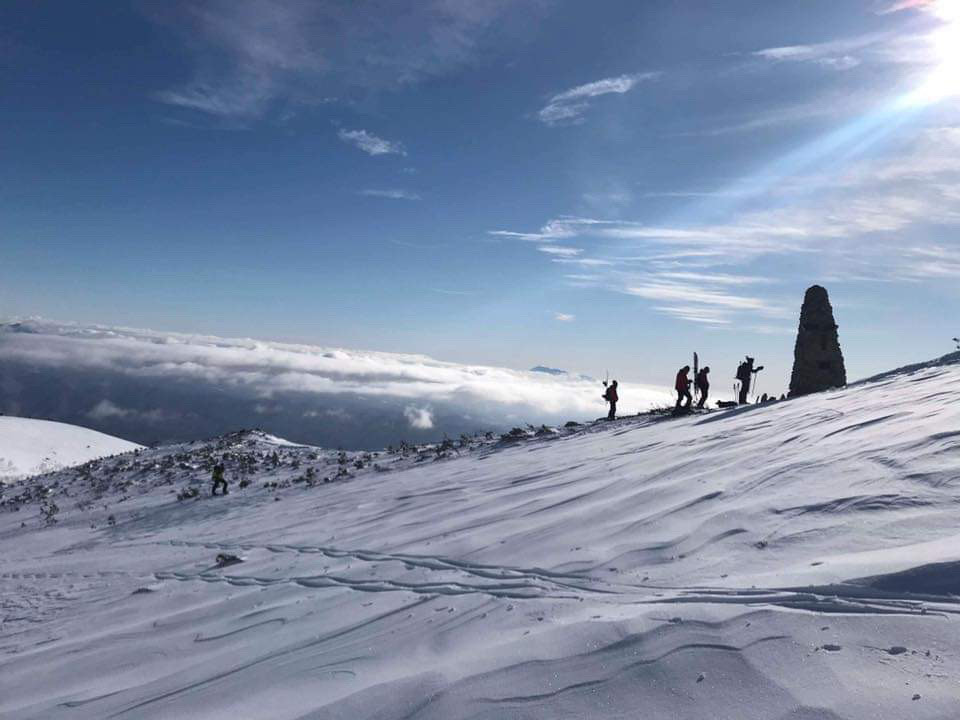

Leave a Comment